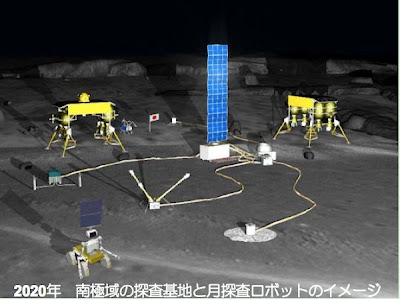
Canadian researchers have developed a new technique for detecting mass graves from the air, which they claim will help locate human remains years after the bodies have been disposed off.
Forensic experts at McGill University in Montreal have developed a technique, called hyperspectral imaging, which searches for signs of chemical changes in the vegetation growing on grave sites.
"From personal experience, I know it's possible to miss remains by a few centimetres, then realise it later and have to come back," says Andre Costopoulos, a member of the team which has used the technique for searching animal carcasses buried at Parc Safari in Quebec.
"Even quite substantial remains within an acre can be hard to find," Costopoulos says.
This method that analyses a range of visible and infrared wavelengths as it scans terrain from the air could prove useful to investigators looking for victims of war or genocide who have been buried in mass graves, New Scientist reported.
Cameras mounted on a light aircraft or helicopter detect variations in the intensity of light of various wavelengths reflected by vegetation on the ground. The precise pattern of intensities has been found to reflect changes caused by nutrients released into the soil as bodies decompose.
When searching for clandestine graves, investigators traditionally look for signs of disturbance on the ground, or dig small test trenches to identify the most likely area.
"Plants are living systems, and any changes in water content or the soil chemistry are going to affect how they reflect light," the team said.
The technique has great potential, says Ian Hanson, a forensic archaeologist at the University of Bournemouth, UK, who has investigated mass graves in Iraq and Bosnia.
"Some of these animals were buried around 20 years ago, so you could take new imagery over areas where bodies were buried 20, 30, 40 years ago and discover things that no one has ever been able to find before." This could be particularly useful in detecting older mass graves, he said.
A related method that is currently being developed by the FBI detects living humans and recently dead bodies lying on the ground, by recognising the chemical signature of human skin. It could be used when trying to locate and rescue people who are lost or missing and to track down fugitives.




 Canadian researchers have developed a new technique for detecting mass graves from the air, which they claim will help locate human remains years after the bodies have been disposed off.
Canadian researchers have developed a new technique for detecting mass graves from the air, which they claim will help locate human remains years after the bodies have been disposed off.





















